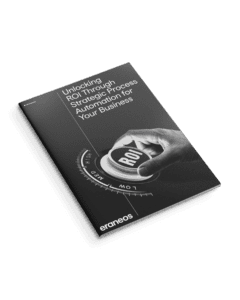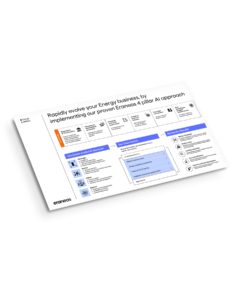If you’re looking for insights into what your organization is spending on procurement things such as materials, products, and services, spend analysis is the avenue to go down. Spend analysis provides integral insight in the organization’s spend by identifying, gathering, cleansing, grouping, categorizing and, of course, analyzing an organization’s spend data. Spend analysis looks to lower a business’ procurement costs and improve overall operational efficiencies through increased visibility and transparency.
Due to the high number of materials, products, and services that are bought within most organizations along with the great number of different suppliers having overlapping supply, it’s often very difficult to get a complete overview and insight on what is the money spent on. Therefore it’s very hard, if not impossible, to optimize.
Once an organization has bought its materials, products and services, it needs to utilize them successfully, the questions that should be asked are:
- Have we used the right supplier to buy the right thing at the right price?
- Have we bought enough or too much?
- Did we buy our materials, products and services from our strategic suppliers?
- Do the suppliers adhere to the contract terms, i.e. delivery times, contract prices and discounts
All these questions and more, can be answered if you have insights into your company’s spend data
Why is spend analysis important?
For most businesses, spend analysis isn’t as straightforward as simply having a look at a spreadsheet. The information needed to obtain those insights isn’t usually centralized or accessible from one place and often not even described in a consistent- and directly usable way. You’ll often find them in different systems using different ways to describe things, spread across multiple locations or departments within the organization. Therefore, it isn’t an easy job for anyone with procurement responsibilities.
Take an industry such as manufacturing, for example. The companies within this sector require all the ingredients to create and build the products that they will eventually sell to their clients. But it’s not just raw materials for building what they need, they also require the materials to keep their businesses running optimally. So, for instance, if a machine breaks down, the organization should have the spare parts available to immediately fix the machine and not cause unnecessary downtime.
Being able to strategically manage spare part procurement, administration, supply and stock provides means to drastically optimize efficiency in the organization. Therefore, spend analysis is paramount, as it provides insight in all data from all sources and all locations in all different forms and structures in real-time and makes it possible to look at the data as a whole, more efficiently, and generate the necessary insight to act.



